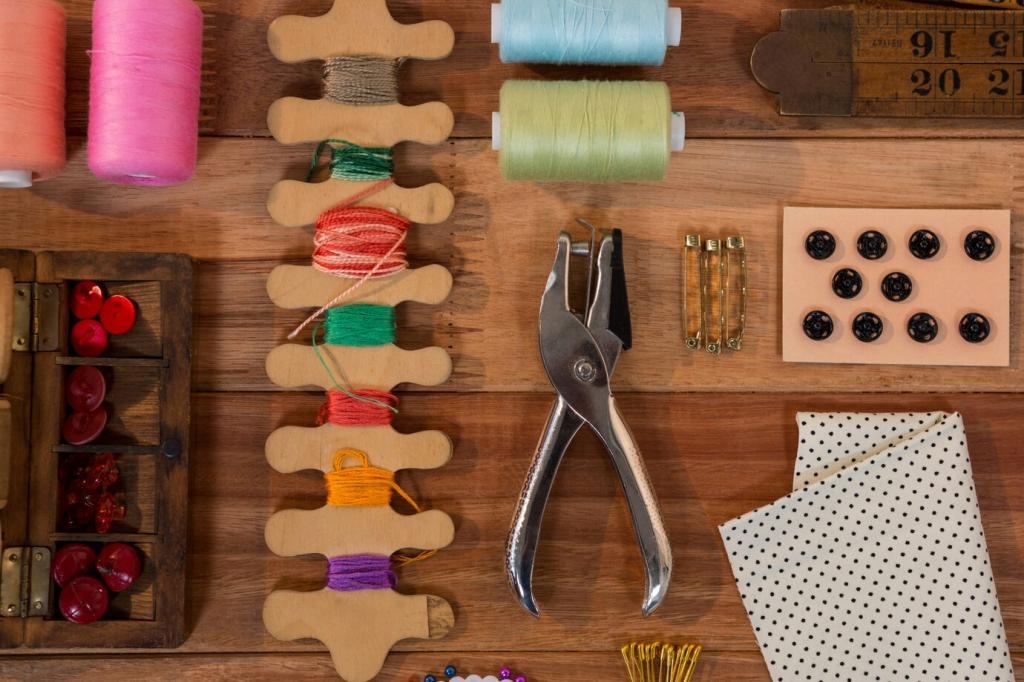A Living Room Story: From Blank to Beloved
The room once felt echoey despite expensive furniture. After adding a handwoven rug, sound softened and guests asked about its origin first. The family now hosts cozy Saturday breakfasts on the floor.
A Living Room Story: From Blank to Beloved
They met the weaver through a cooperative video call, learning how a border motif marked seasonal change. That story became the icebreaker for visitors. Share a craft conversation that reshaped how you welcome people into your home.



